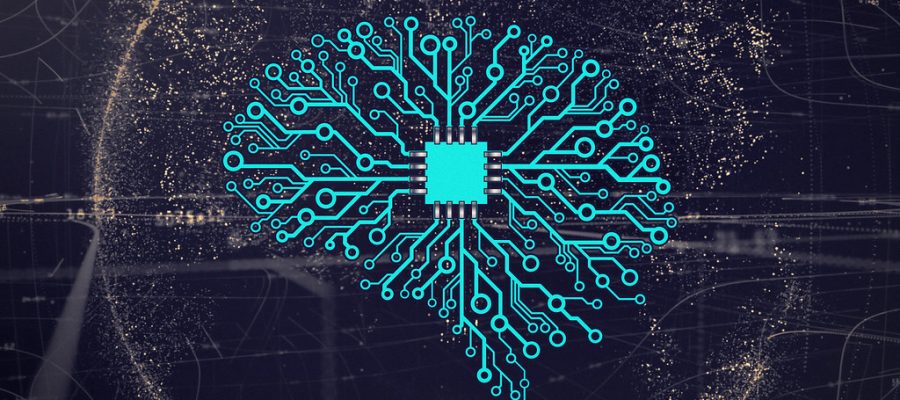By: Daryl Lim The signing of the first international AI treaty by the United States, European Union, and other nations marks a pivotal step in

Barcoding Bodies: RFID Technology and the Perils of E-Carceration
By: Jackson Samples Electronic surveillance now plays a central role in the criminal legal system. Every year, hundreds of thousands of people are tracked by ankle monitors and smartphone technology. And frighteningly, commentators and policymakers have now proposed implanting radio frequency identification (“RFID”) chips into people’s bodies for surveillance purposes. This Note examines the unique risks of these proposals—particularly with respect to people on probation and parole—and argues that RFID implants would constitute a systematic violation of individual privacy and bodily integrity. As a result, they would also violate the Fourth Amendment. Download Full Article (PDF) Cite: 23 Duke L. & Tech. Rev. 89











